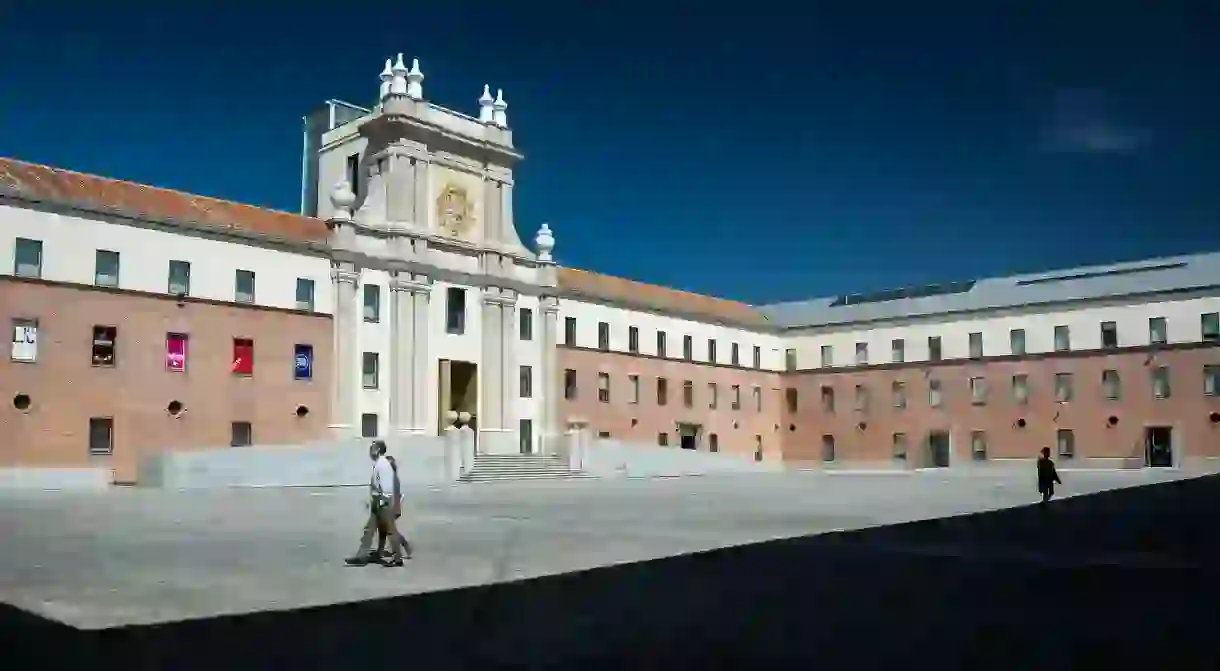Why Conde Duque is One of Madrid's Best Under-the-radar Cultural Spaces

Madrid is famed for its world-class art galleries like the Prado but scratch the surface and the city is also home to some fascinating cultural hidden gems like Conde Duque. The former army barracks turned cultural centre opens up the arts to locals and visitors alike.
Cool neighbourhood
The Conde Duque Cultural Centre is such an integral part of its neighbourhood it has lent its name to the area of west Malasaña that in recent years has welcomed a host of cool boutiques, bars, cafés and restaurants, making it one of the most “in” neighbourhoods of the city.
How did this former army barracks become one of Madrid’s must-visit cultural centres?
History
Built between 1717 and 1730, Conde Duque was a barracks commissioned by King Philip V for the elite Royal Corps guards, who were charged with protecting the royal family. The king stipulated that he wanted space “for 600 guards and 400 horses” and the huge complex did the job well.

Built in a Baroque style, the pink-hued Conde Duque managed to blend function and style; for many years the huge rectangular building, with its intricately carved stone entrance and large central courtyard, was the biggest in Madrid.

In 1869 a fire ripped through the complex, destroying its upper floors and the tower that had served as a prison for political prisoners.
Over the years, the building has served as a military training academy, an observatory and an important post in Spain’s telegraph network.

It was declared Bien de Interés Cultural (Heritage of Cultural Interest) in 1976 and in the 1980s played an important part in the Madrid Movida – the countercultural movement that began in the capital and swept through Spain after the death of dictator Francisco Franco in 1975. It was a reference point for contemporary art before the opening of the Reina Sofía.
Between 2005-2011 a huge renovation project took place, expanding the available space to over 58,000 square metres.
What’s there?
Today, Conde Duque plays an important role in preserving the history of the city and providing thousands of important books and documents in its Archivo de la Villa, Madrid’s historical library. The complex is also home to Madrid’s municipal library and the Digital Library of Madrid, as well as an auditorium, theatre and exhibition spaces.

Conde Duque has long been home to Madrid’s Contemporary Art Museum, which showcases leading names of the city’s modern art scene. (Access is free).
During the summer, the building’s courtyards host open-air cinema nights, concerts and markets. Its After Brunch, an all-day food truck event with electronic DJs taking to the stage, is a popular weekend hangout.













